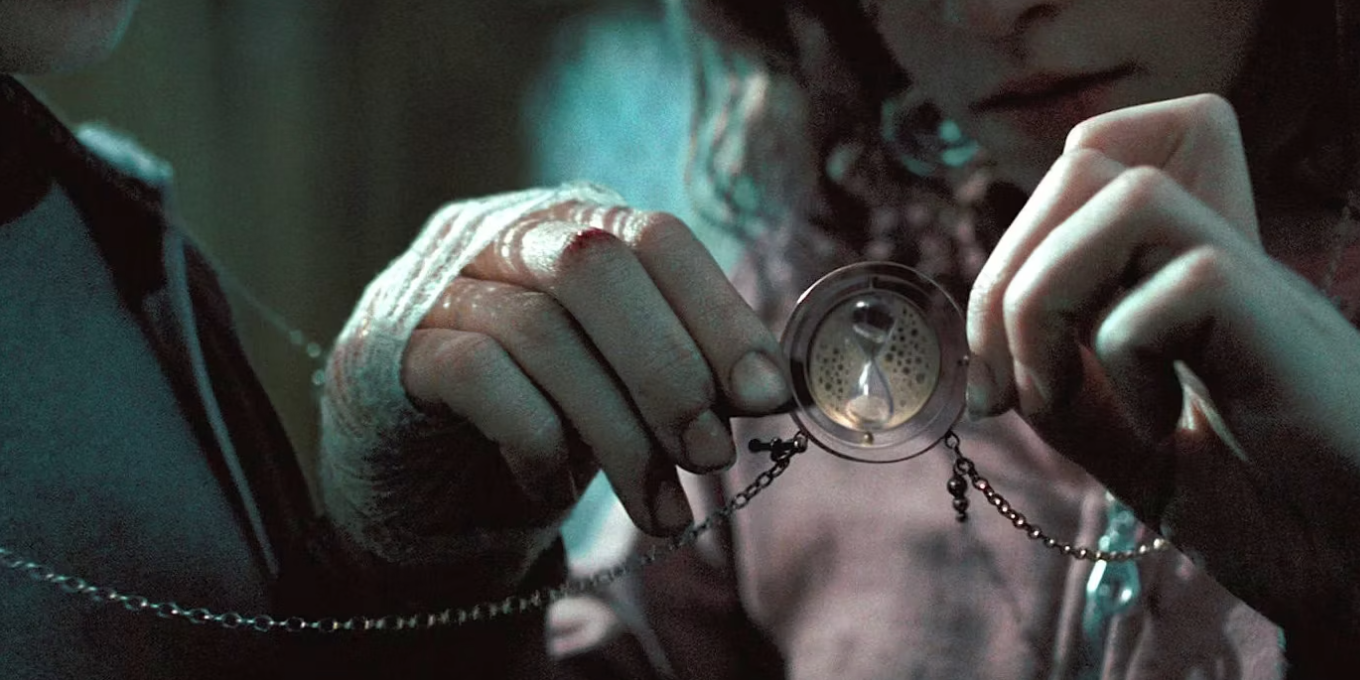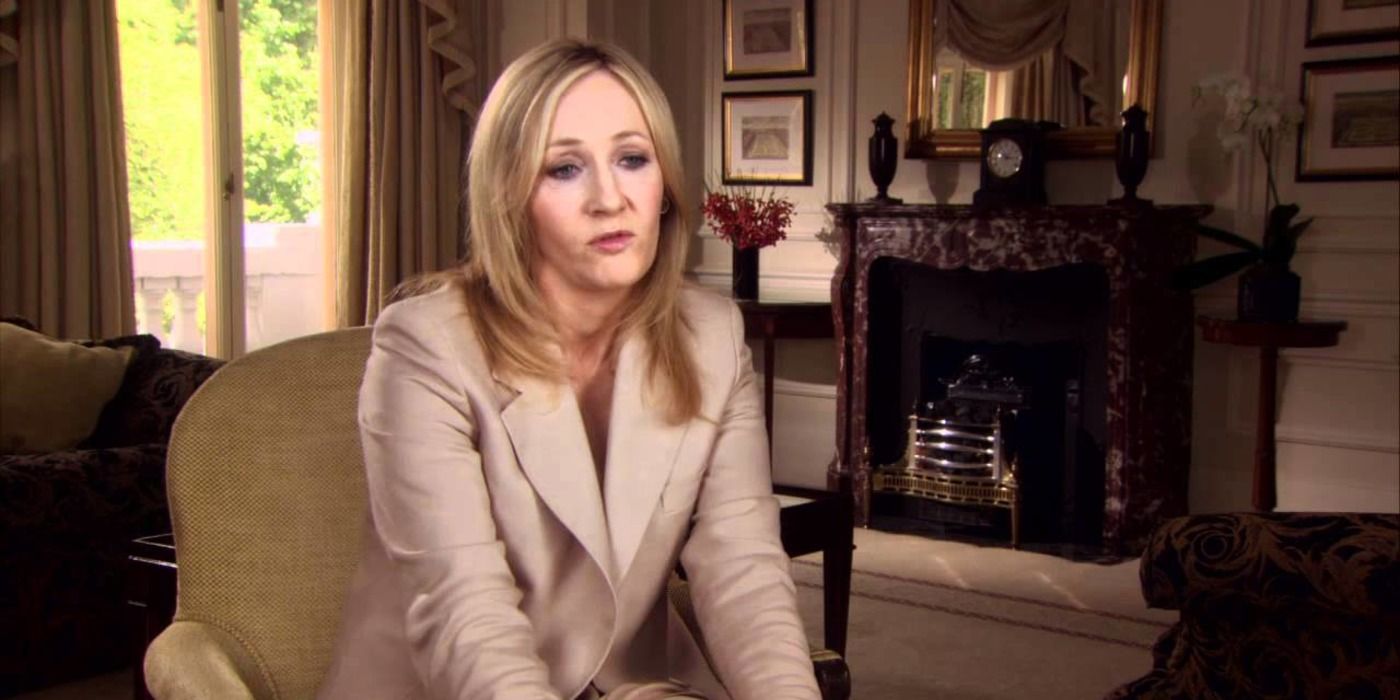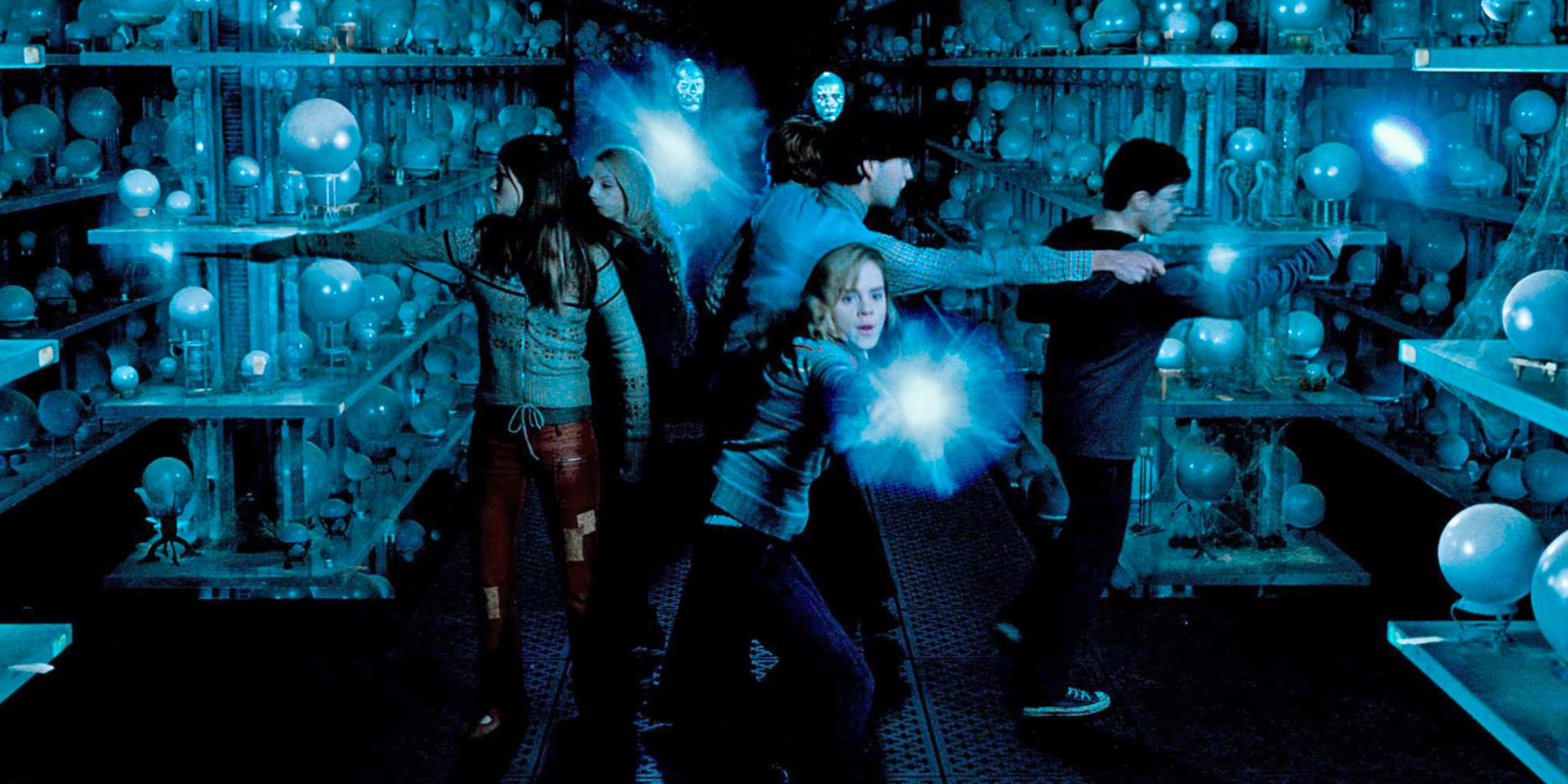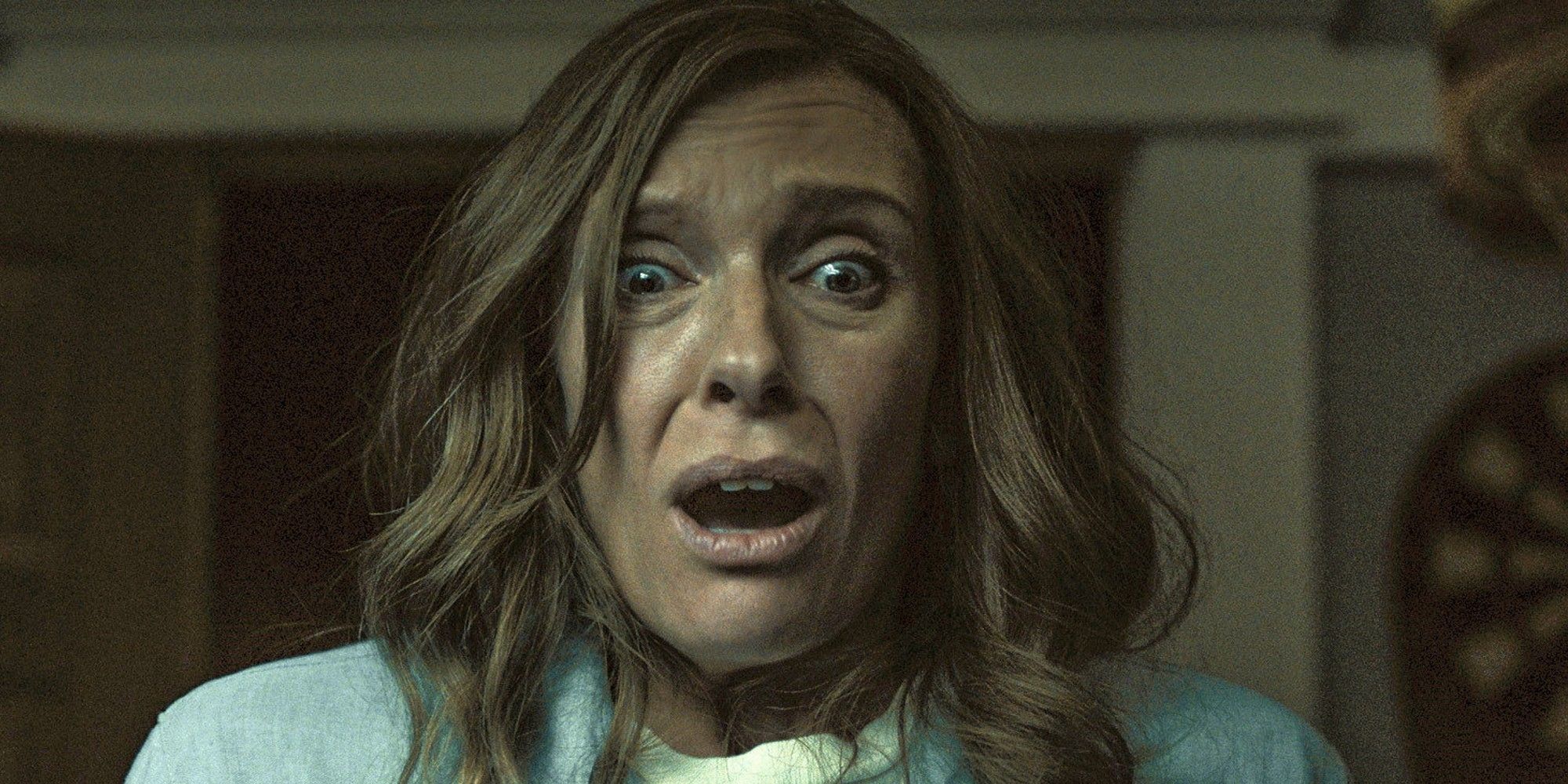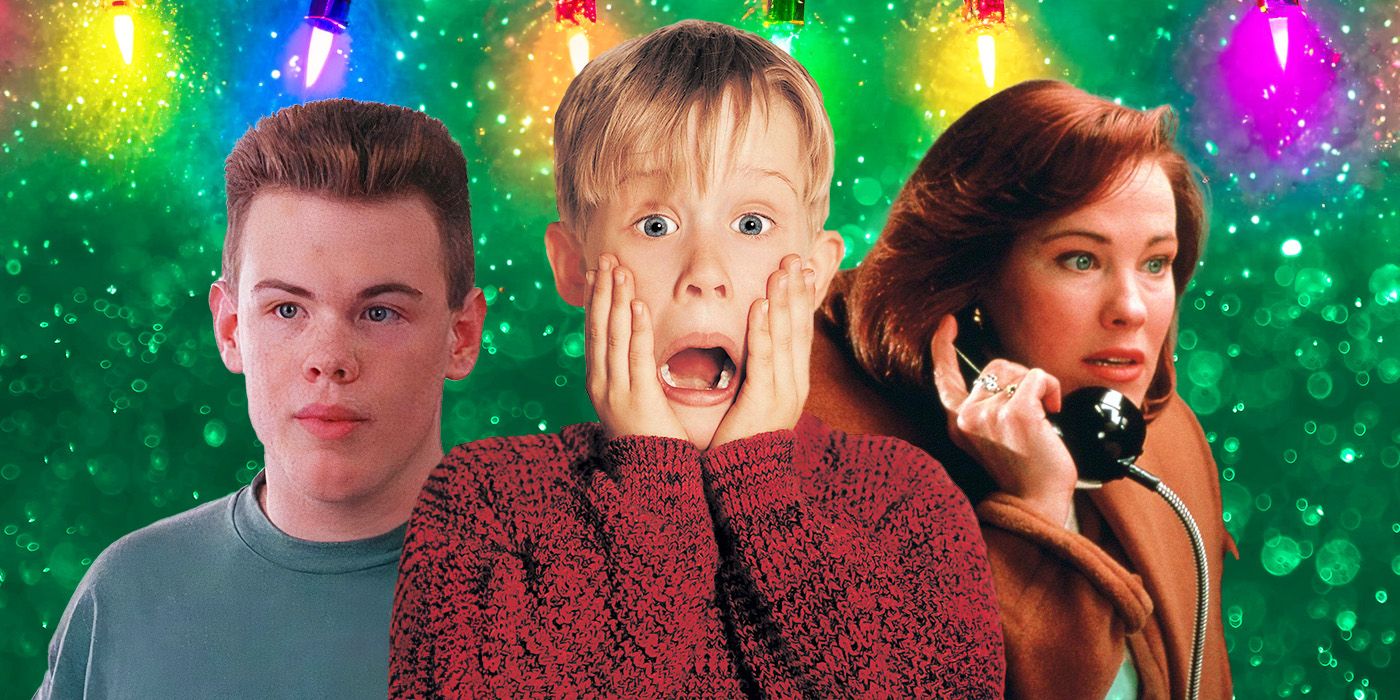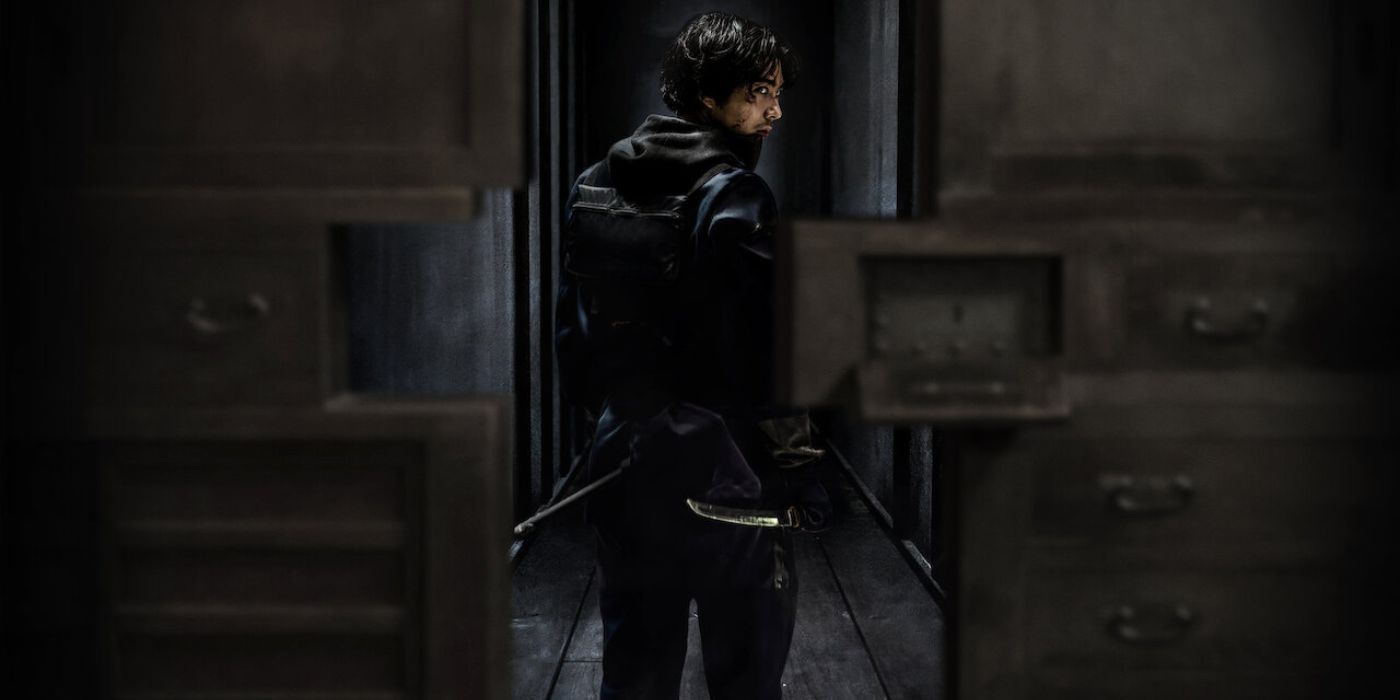The Big Picture
- Time travel in ‘Harry Potter and the Prisoner of Azkaban’ introduces the Predestination Paradox, creating a self-fulfilling time loop.
- The Time-Turner is only used in one book and raises questions about why it isn’t used to prevent other tragedies in the series.
- J.K. Rowling admitted that using time travel in the series caused problems and retroactively implemented strict rules to avoid plot holes, ultimately destroying all Time-Turners.
The Harry Potter saga is a tightly-written story, with plenty of clever foreshadowing, beloved characters, and a strong use of The Chosen One trope. As with many book series with several installments, though, there are bound to be inconsistencies, especially in a seven-book series that features what is often considered to be a soft magic system where the rules of magic aren’t entirely known. Add time travel to the mix, and things just get a little too chaotic to make sense 100% of the time. That’s what happened in the third installment, Harry Potter and the Prisoner of Azkaban (directed by Alfonso Cuarón), thanks to the inclusion of the Time-Turner: a magical pendant that can turn back time and allow one to alter the past. This opens up a whole realm of possibilities having to do with time-related magic, and many aspects of the Wizarding World are called into question, from character motivations to plot holes. While time-travel shenanigans almost always require a willing suspension of disbelief, Harry Potter and the Prisoner of Azkaban‘s Time-Turner is just a little too nonsensical, which makes it stand out in a series that’s normally very solid when it comes to world-building.
In ‘Prisoner of Azkaban,’ the Time-Turner Introduces Time Travel to Harry Potter
First things first: writing time travel is difficult. There are many different versions of time travel stories that range from well-thought-out to completely nonsensical. Back to the Future, for example, is a classic time travel story, and the film is what a lot of people picture when they think of time travel. The trope’s use in science fiction and fantasy is far-reaching, with various exciting results. However, depending on the type of time travel written into the story, a whole number of paradoxes can pop up if you aren’t careful. Probably the most familiar would be the Grandfather Paradox, which poses a tough question: If you traveled back in time and killed your grandfather, what would happen? Would you cease to exist? And if you did cease to exist, who would kill your grandfather? Back to the Future explores a variation of this particular paradox, as any detail you change in the past can have disastrous consequences in the present. Most of the implied danger of the Time-Turner in Prisoner of Azkaban stems from this particular paradox.
The Time-Turners Were Only Used in ‘Harry Potter and the Prisoner of Azkaban’
The use of time travel sticks out in the Harry Potter series because it only appears in one book, Prisoner of Azkaban, and even then, it doesn’t get much time on the page. The Time-Turner solves the mystery of how Hermione (Emma Watson) somehow shows up in every class, despite literally not having enough time to accomplish so much. Turns out, Hermione is such an overachiever thatHeadmaster Dumbledore (Michael Gambon) lets her borrow a Time-Turner so that she can take extra classes. More than just in Hermione’s schoolwork, however, the Time-Turner plays a significant role in the climax of the book.
Throughout the story, several bizarre occurrences take place. Harry (played in the films by Daniel Radcliffe) gets hit in the head with a rock seemingly from out of nowhere, urging him to leave Hagrid’s (Robbie Coltrane) hut before the Minister for Magic (Robert Hardy) arrives and has Buckbeak the Hippogriff executed. Later, Harry and Sirius Black (Gary Oldman) — Harry’s godfather and the Prisoner of Azkaban himself — are saved from Dementors by a mysterious Patronus. It’s soon revealed that Harry and Hermione have been the ones to make these events happen, traveling back in time to save Buckbeak and Sirius.
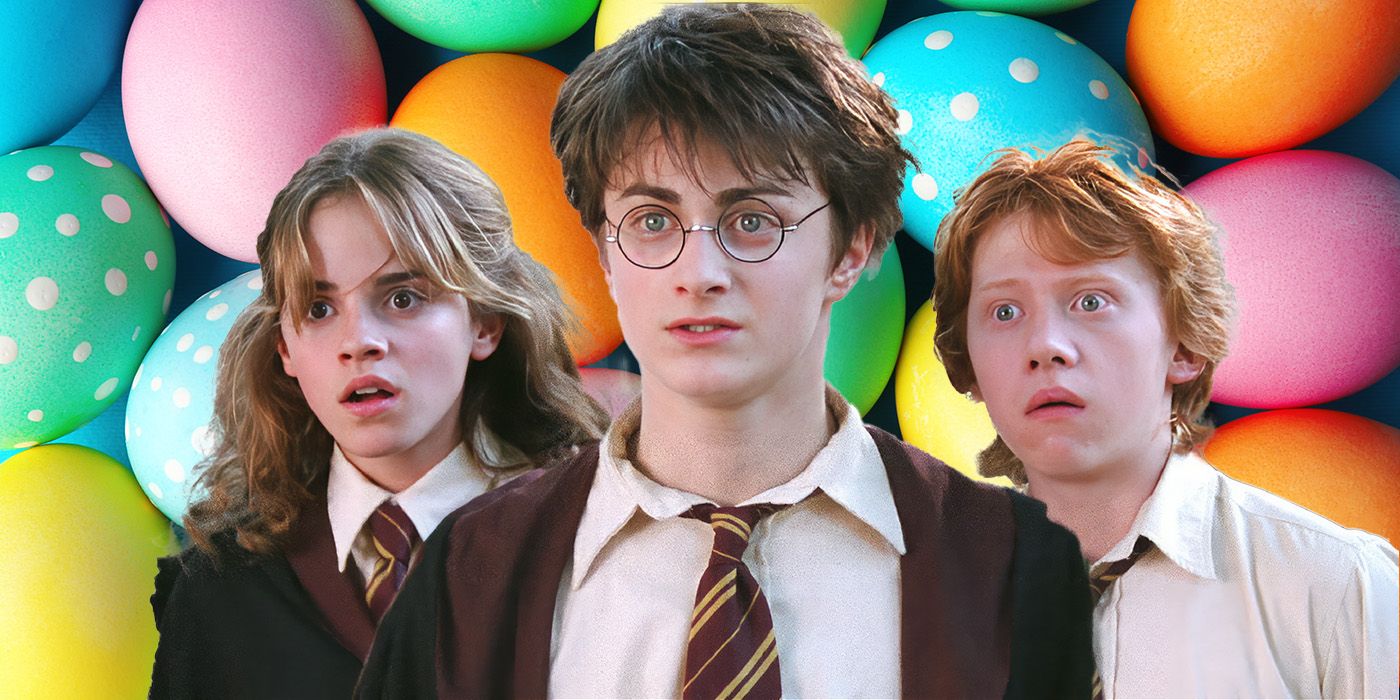
The Cheeky Easter Egg Hiding in the Harry Potter Movies
This Harry Potter movie features a sneaky embrace during its credits.
This use of time travel in Prisoner of Azkaban is an example of the Predestination Paradox, which creates a self-fulfilling time loop: an event in the present occurs because the time traveler has traveled back in time to make it so, and the cycle keeps repeating endlessly. In the case of the Patronus, Harry assumes that his father was the one to rescue him from the Dementors, but when he travels back in time, he realizes that it was himself all along. This creates a paradox in which Harry is saved and does the saving. It’s a fun and creative effect, but also a very confusing one — even Hermione doesn’t fully understand it.
The Time-Turner Creates Gaping Plot Holes in ‘Harry Potter and the Prisoner of Azkaban’
Harry Potter and the Prisoner of Azkaban uses time travel in an ultimately satisfying way. It’s set up well, and the execution of the time travel scenes is incredibly cool to watch. Nonetheless, time travel always comes with disadvantages, and the mechanics don’t really add up. Although the Time-Turner’s involvement is creative and the Predestination Paradox is used well, time travel is a tricky subject to write, and it opens up loads of plot holes. In a series in which many bad things happen to the characters (including numerous character deaths), involving time travel in the story also introduces the question: why not use the Time-Turners to avoid each negative plot progression? Why only use it this one time?
Dumbledore is the one to lend Hermione the Time-Turner, so he had one in his possession at some point. Yet, Dumbledore was aware of Harry Potter’s fate for the entire series, and he never used the Time-Turner to make the smallest change to help. Dumbledore continually watches people die, allows Voldemort’s spies to get away, and sits back as countless terrible things happen while he is in possession of a magical device that could prevent these events from ever occurring. He won’t risk using the Time-Turner to thwart the Dark Lord, but Hermione uses it day after day for her studies — they both need to sort out their priorities.
Even if we ignore Dumbledore’s confusing decisions, there’s still the question of why we never see the Time-Turner again. Maybe Dumbledore has wise reasons for not using it again, but Harry, Ron (Rupert Grint), and Hermione are all reckless enough to try —especially when their friends are in danger. Thinking back to all the tragic deaths in the Harry Potter series, it would have been nice to have saved even one person after successfully saving multiple lives using the Time-Turner in Prisoner of Azkaban. The Time-Turner proved effective, as Harry and Hermione were able to use it to save the lives of Buckbeak, Sirius Black, and even the creepy Severus Snape (Alan Rickman) and themselves from a wolfed-out Professor Lupin (David Thewlis). Dumbledore approved the use of the Time-Turner for the purpose of saving lives in these moments. So, if using time travel worked so well in Prisoner of Azkaban, why don’t we ever use the Time-Turner again?
J.K. Rowling Used Pottermore to Explain the Rules of the Time-Turner
The drawbacks of the Time-Turner’s existence are apparent not just to readers and viewers of Harry Potter, but also to the author herself. J.K. Rowling admitted in an article originally published on Pottermore, now published on Wizarding World, that she “went too light-heartedly into the subject of time travel.” She goes on to say: “While I do not regret it…it opened up a vast number of problems for me.” Most of these problems relate to good old-fashioned time travel head-scratchers. Why didn’t anyone attempt to use the Time-Turner to prevent any of the tragedies that followed Prisoner of Azkaban, when it proved to be an effective tool? The short answer is that the Time-Turner would be too convenient a plot device. If Rowling were to keep time travel in her story and still maintain a sense of high stakes (we wouldn’t want our heroes to win too easily), strict rules would need to be enforced.
Rowling describes her Time-Turner-related damage control as occurring in “stages.” In Prisoner of Azkaban, the very same book in which the Time-Turners are introduced, Dumbledore and Hermione are solemn about any misuse of the Time-Turner, implying horrible danger if something should go wrong, like if they are spotted while in the past. On Pottermore, as an addendum that isn’t touched on much within the actual story, Rowling gives a quote from a character named Saul Croaker, who studied time magic in the Department of Mysteries. According to Croaker, “All attempts to travel back further than a few hours have resulted in catastrophic harm to the witch or wizard involved.” One instance of Time-Turner misuse invoked the Grandfather paradox, which involved a witch traveling hundreds of years into the past, resulting in her descendants becoming nonexistent due to her tampering.
Thanks to situations like this, the Wizarding World is painfully familiar with the dangers of time travel, and they are always careful with it. Dumbledore emphasizes this warning to Hermione, who uses the Time-Turner very cautiously. Even in dire circumstances, she waits for Dumbledore’s approval before using it unsupervised, and she returns it afterward. While Rowling’s explanation checks out (mostly), it also feels like a blatant backpedal. It would have helped to ease confusion if we knew the limits of the Time-Turner before using it, and Croaker’s findings aren’t common knowledge for the average Harry Potter reader or viewer. Including important story information outside the books rather than within them leads to missed opportunities for the story.
All Time-Turners Are Destroyed in ‘Harry Potter and the Order of the Phoenix’
Another stage of damage control occurs in Harry Potter and the Order of the Phoenix. During the battle in the Department of Mysteries, chaos occurs when Dumbledore’s army faces off against Voldemort’s Death-Eaters. Many magical artifacts are destroyed, and not just shelves full of prophecies. Rowling says, “I smashed all remaining Time-Turners during the battle in the Department of Mysteries, removing the possibility of reliving even short periods in the future.” Because Hermione had already returned the Time-Turner in her possession, not a single one escaped unscathed, making time travel officially impossible after Order of the Phoenix.
1:15
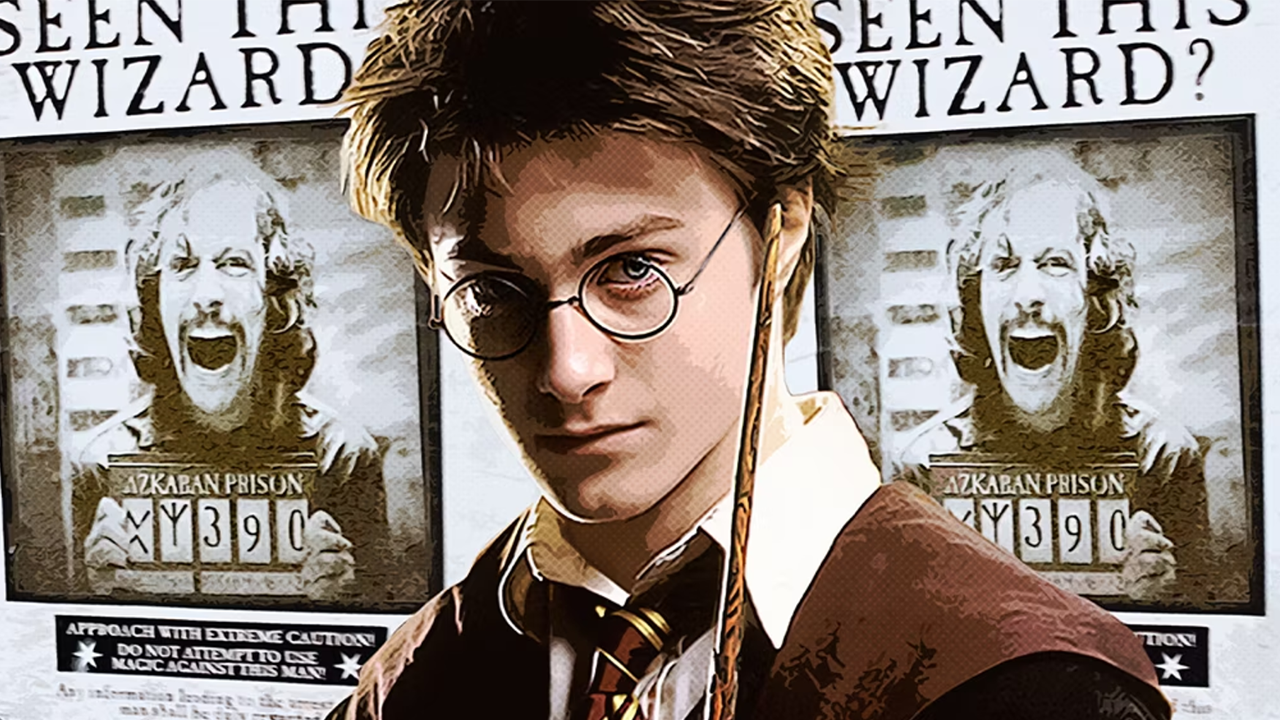
The Scene That the Harry Potter Movies Did Better Than the Books
It was all thanks to Alfonso Cuarón and John Williams.
This ended up being a lesson learned the hard way for Rowling, who came away with this advice: “When writing fantasy novels, one must be careful what one invents. For every benefit, there is usually a drawback.” By introducing time travel, Rowling gave her heroes far too much power and had to take it away quickly in order to keep the story moving in a way that made sense. Why didn’t Dumbledore use the Time-Turner to go back and save Harry’s parents? Because it’s too dangerous to go further back than a few hours. Why didn’t anyone use the Time-Turner to save the lives lost in the final Battle of Hogwarts? Because by that point, no more Time-Turners were left in existence.
It’s normal to not understand the ins and outs of time travel within a story, but the rules of it should at least be somewhat consistent. For all the creative storytelling the Time-Turner introduced to Harry Potter and the Prisoner of Azkaban, the confusion they bring is a much greater drawback. Unfortunately for the Harry Potter series, the Time-Turner remains one of the story’s weakest inclusions — it just doesn’t make all that much sense.

